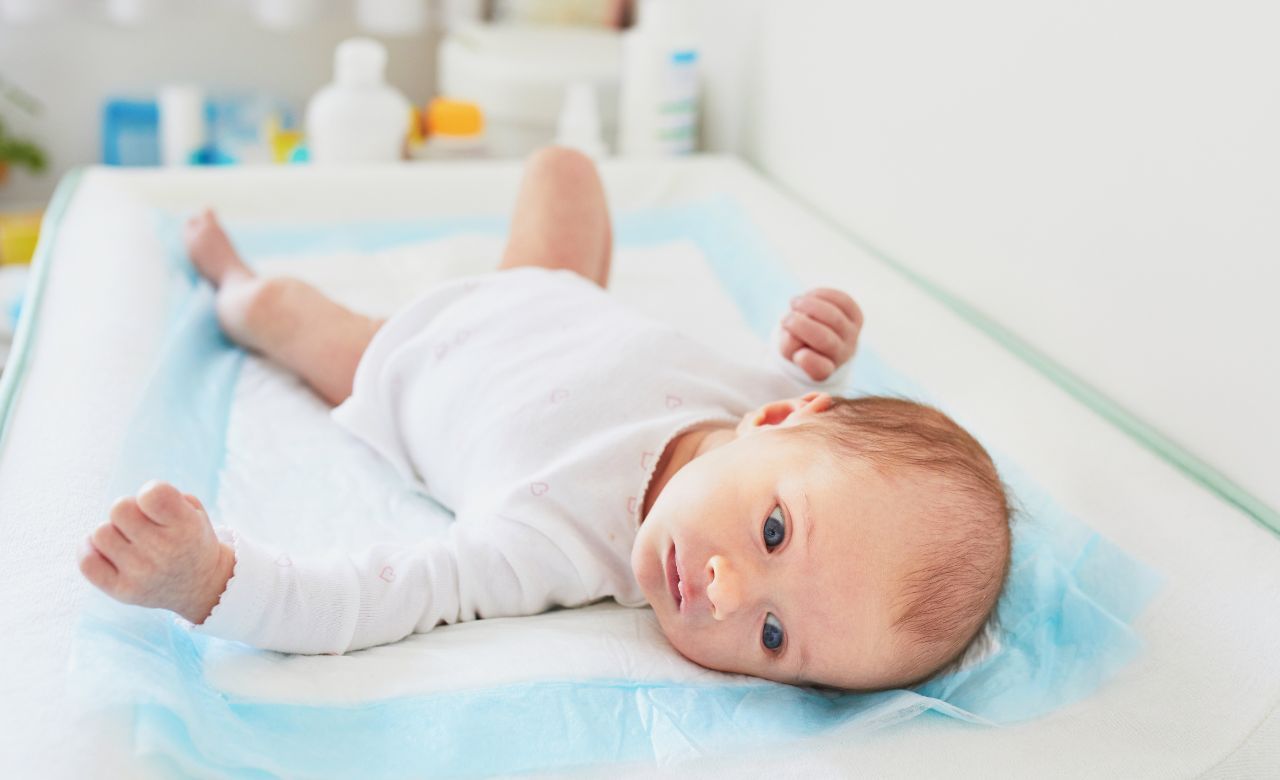How To Make A Baby Changing Pad?
You should learn the answer to “how to make a baby changing pad?” I'll explore why you might want to make your changing pad, step-by-step instructions.

Becoming a parent often inspires a flurry of creative projects, and one practical endeavor you might consider is making your own baby changing pad. These versatile accessories provide a comfortable and hygienic surface for diaper changes, making them a must-have for any parent. You should learn the answer to “how to make a baby changing pad?” I'll explore why you might want to make your changing pad, how easy it is to create one and provide step-by-step instructions and some useful tips.
Why Make A Baby Changing Pad?
Making your own baby changing pad offers several advantages:
- Customization: You can choose the fabric and design that matches your style and nursery decor.
- Cost-Effective: Creating your changing pad can be more cost-effective than buying a pre-made one, especially if you have the necessary materials.
- DIY Satisfaction: Crafting something for your baby can be a rewarding experience, adding a personal touch to your baby's essentials.
- Environmentally Friendly: By making your changing pad, you can select eco-friendly materials and reduce the waste associated with disposable changing pads.

Is it Easy to Make a Baby Changing Pad?
Yes, making a baby changing pad can be a relatively straightforward DIY project, even for those with basic sewing skills. The process involves cutting and sewing materials together, and the steps are outlined below.
Materials:
Before you begin, gather the necessary materials:
- 1 piece of foam (36 inches x 24 inches x 2 inches thick)
- One piece of fabric (40 inches x 28 inches)
- One piece of batting (40 inches x 28 inches)
- 1 yard of elastic (1 inch wide)
- Sewing machine
- Thread
- Scissors
- Pins

How To Make a Baby Changing Pad | Instructions
So, how to make a baby changing pad? Follow these step-by-step instructions to make your own baby changing pad:
- Cut the Foam: Using a sharp knife or box cutter cut the foam to your desired size. The standard size is 36 inches by 24 inches by 2 inches thick, but you can adjust this to suit your needs.
- Cut the Fabric and Batting: Cut the fabric and batting to the same size as the foam, adding an extra 2 inches on all sides. This extra fabric will allow you to wrap the pad securely.
- Pin the Fabric and Batting to the Foam: Lay the foam on top of the fabric, ensuring the right side of the fabric faces down. Place the batting on top of the foam. Use sharp pins to secure the fabric and batter to the foam, holding them in place.
- Sew the Fabric and Batting to the Foam: Using a sewing machine, stitch around the edges of the foam. Leave a 6-inch opening on one side. This opening will be used to turn the pad right side out.
- Turn the Changing Pad Right Side Out: Reach through the 6-inch opening and turn the changing pad right side out. Ensure that the fabric and batting are neatly wrapped around the foam.
- Sew the Elastic Around the Opening: Fold the edges of the opening under and sew the elastic around the opening using a sewing machine. The elastic will provide a snug fit and help keep the pad in place during use.
- Tie the Elastic: Tie the ends of the elastic together to create a secure closure. Now you know the answer - how to make a baby changing pad?

Some Safety Tips:
- Choose the Right Fabric: Selecting the appropriate fabric is crucial for the durability and appearance of your changing pad. Heavy-duty fabrics like canvas or duckcloth are ideal because they can withstand regular use and frequent washes. Additionally, they are less likely to show signs of wear and tear over time.
- Consider a Waterproof Lining: Babies can be unpredictable during diaper changes, and accidents are common. To make cleaning up easier and protect the foam inside, you may want to include a waterproof lining.
- Add Functional Features: Make your changing pad more convenient by incorporating functional features. Sewing a pocket onto the changing pad provides a handy storage space for diapers, wipes, and other essential changing supplies. You can also consider adding a foldable design that allows for easy portability.
- Personalize with Decorative Details: While functionality is key, don't forget to infuse your changing pad with a touch of style. You can personalize it by choosing fabrics that match your nursery decor or by adding decorative elements such as embroidery, appliqué, or fabric paint.
Conclusion
Congratulations on creating your own baby changing pad! Following these simple steps and incorporating your personal preferences, you've crafted a practical and stylish accessory for your baby's care. Enjoy the satisfaction of a DIY project that contributes to both your baby's comfort and your peace of mind as a parent. I hope now you know “how to make a baby changing pad?”
Looking for the Best Disposable Changing Pads For Baby In 2023? Check our picks below and buy one today👇

